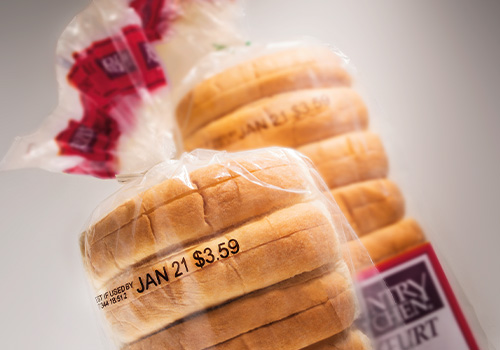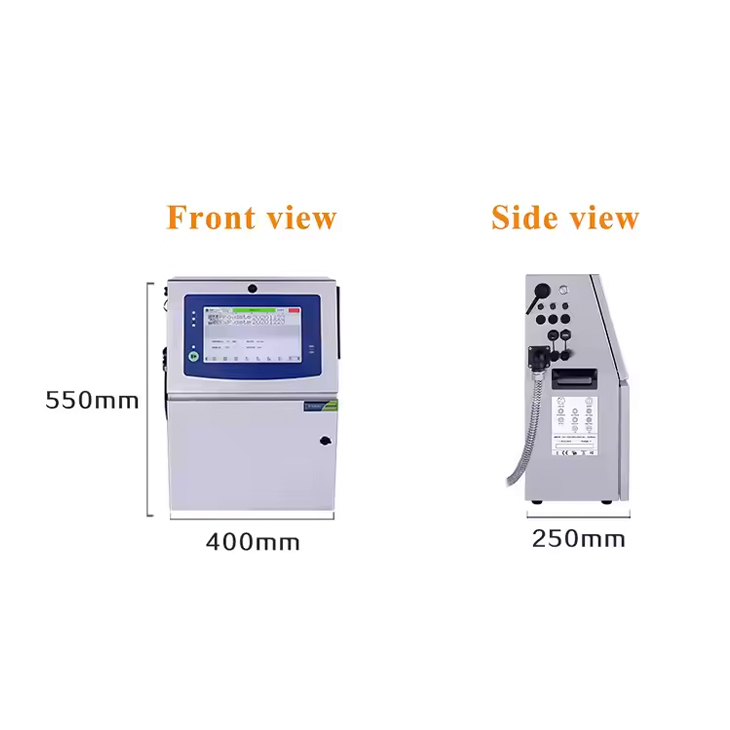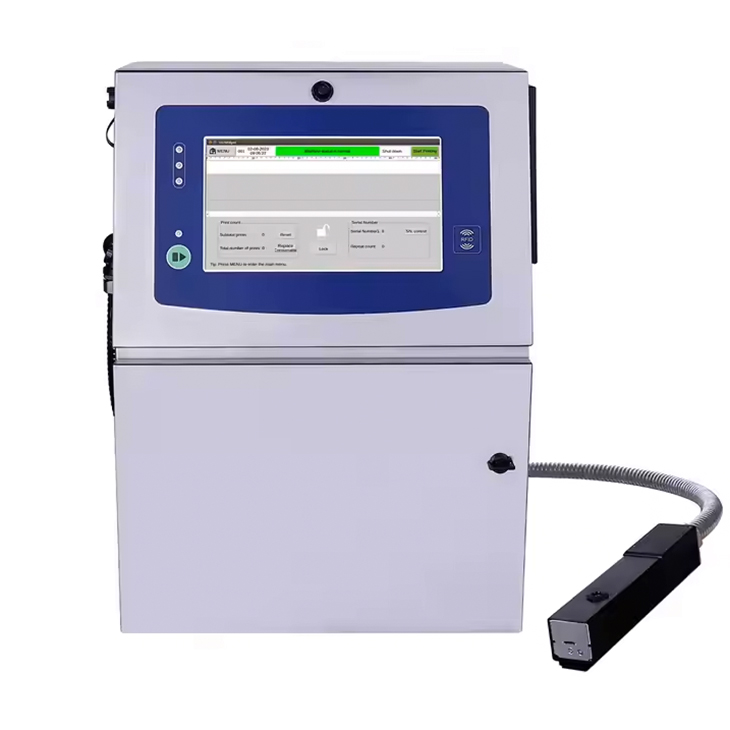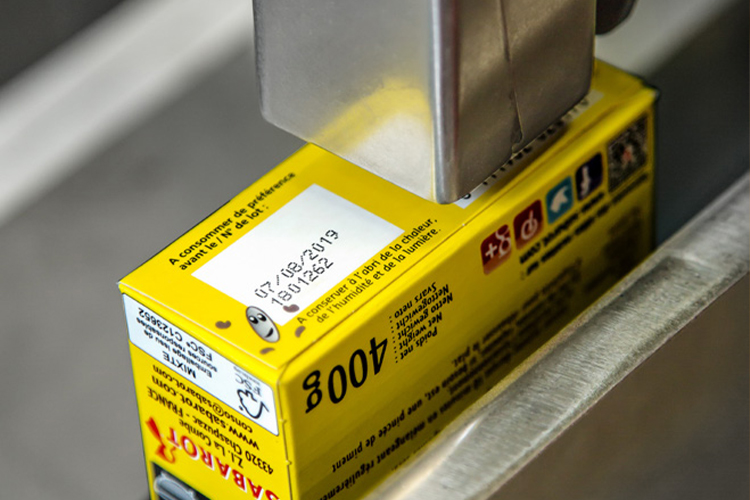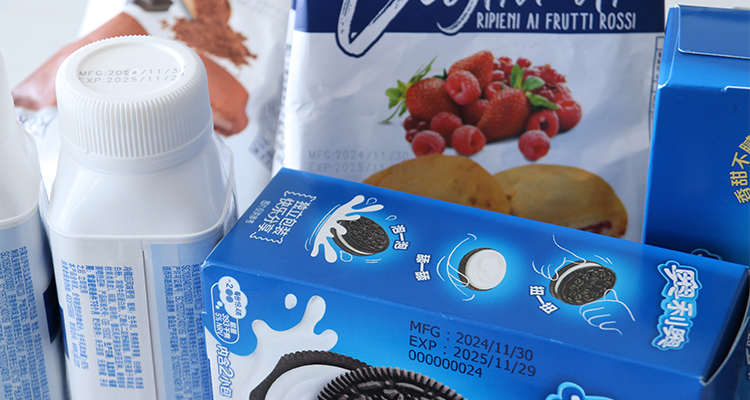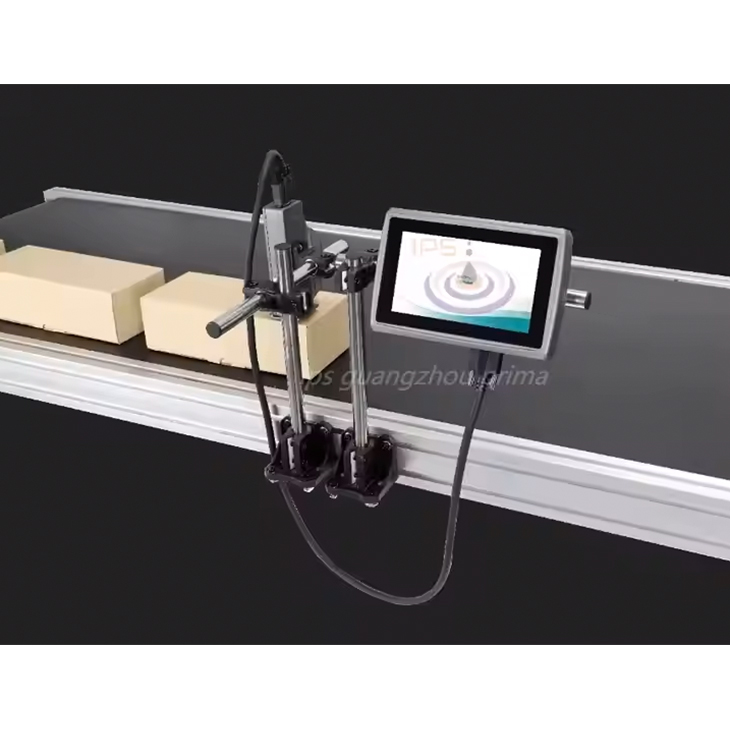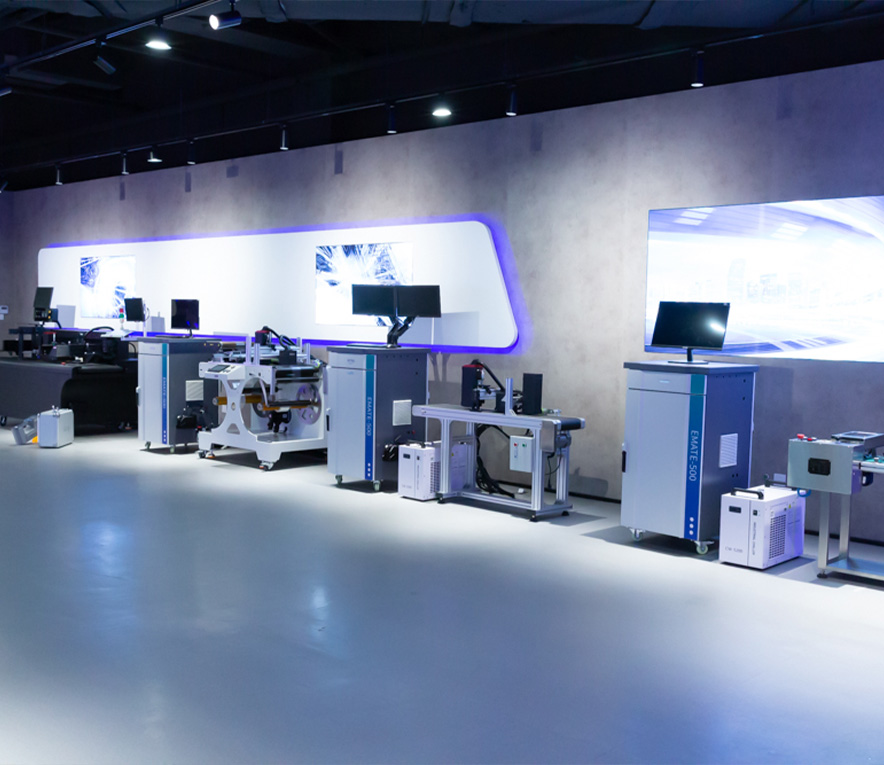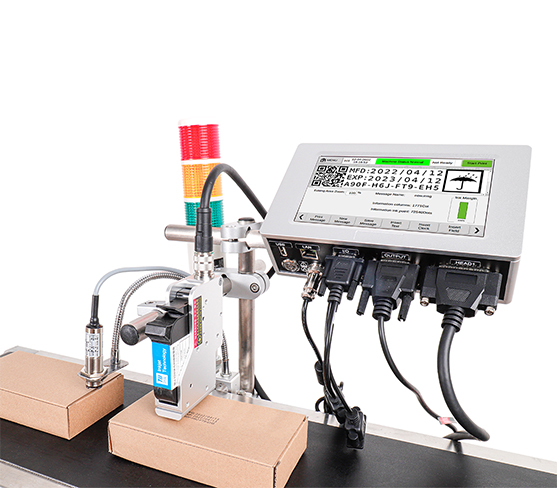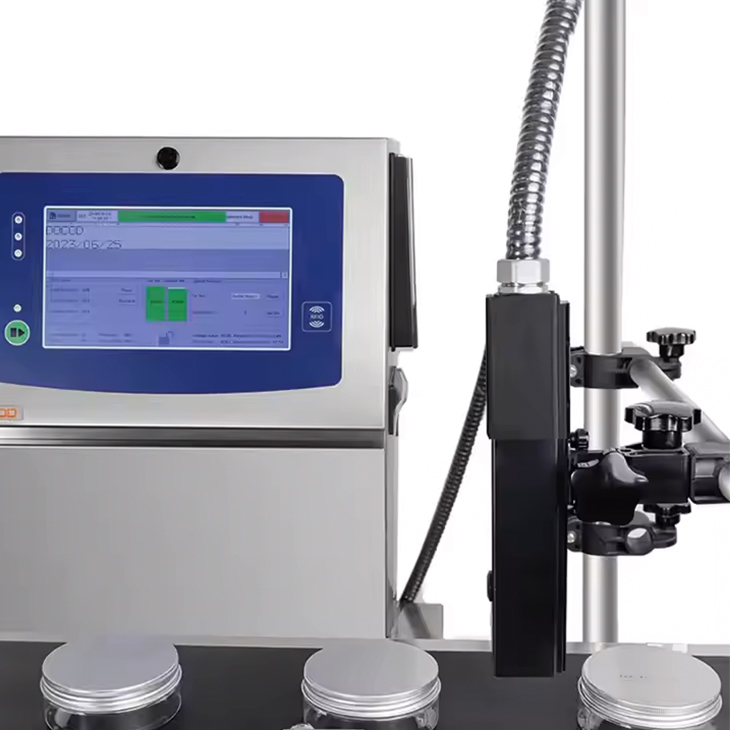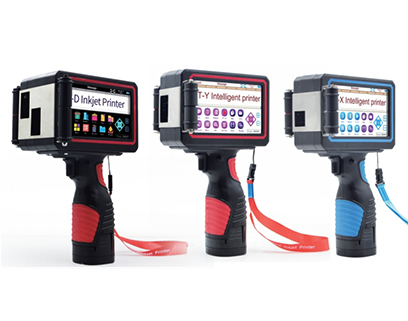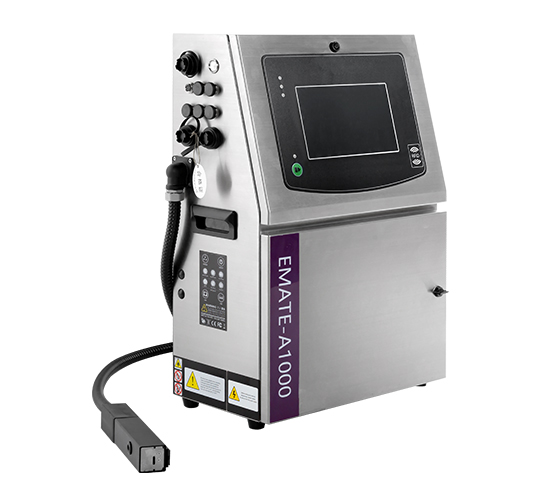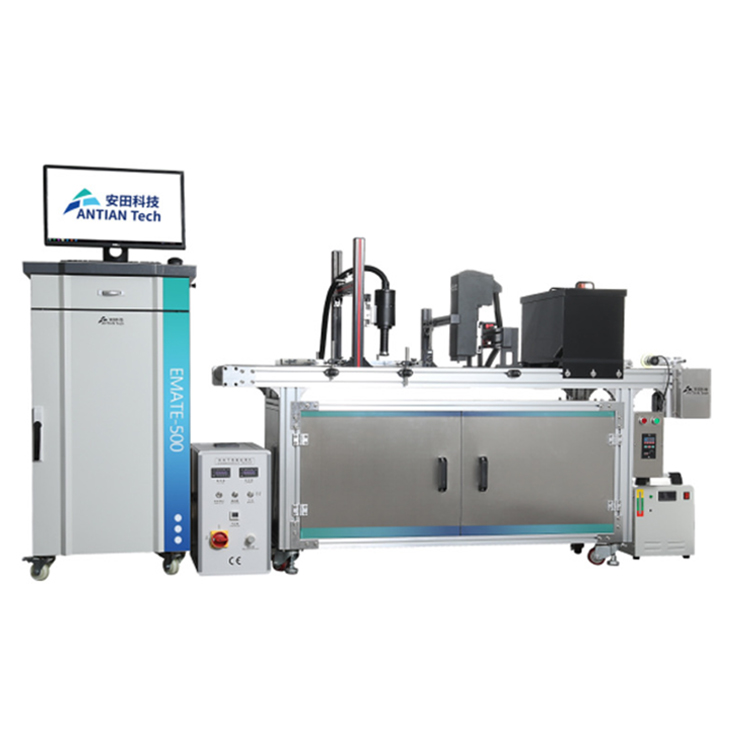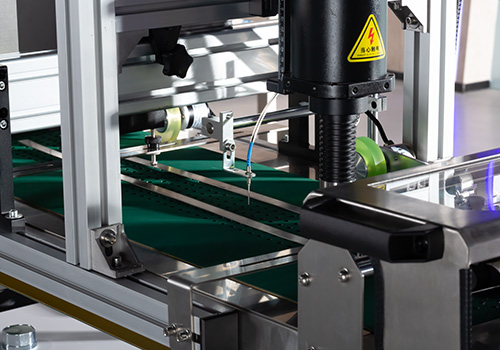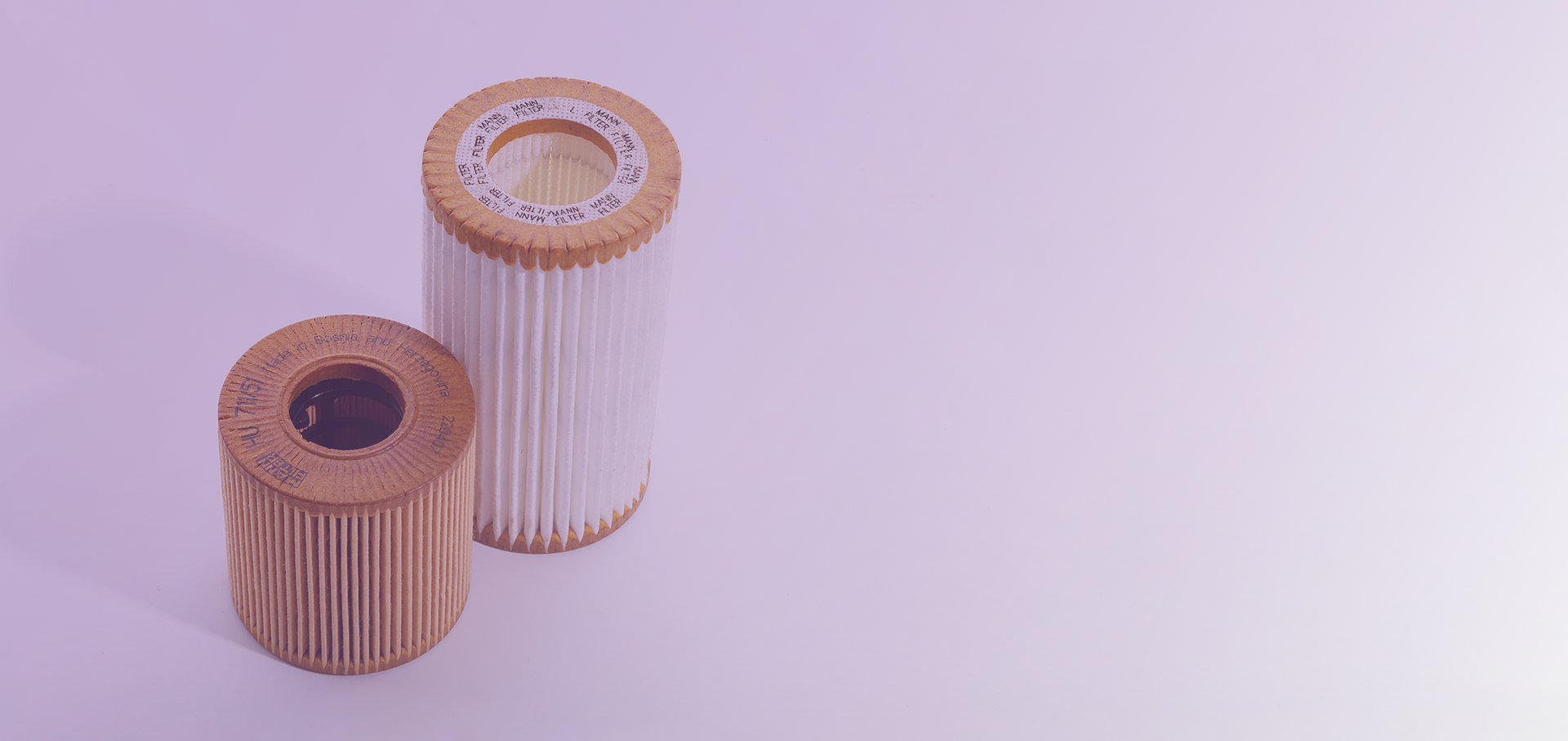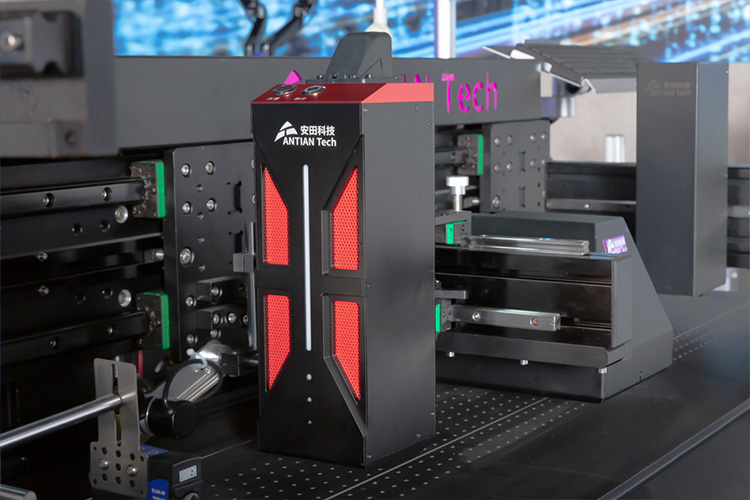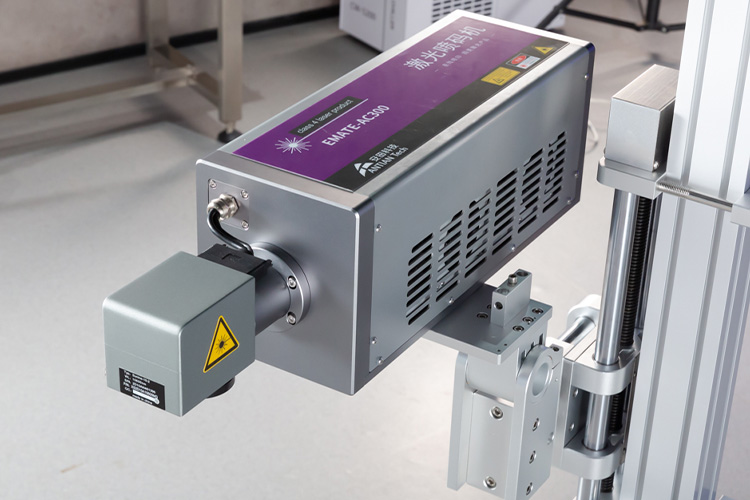Top Features to Look for in a Batch Coding Machine for Bottles
Discover the essential features to consider when selecting a batch coding machine for bottles. Explore key aspects like printing technology, material compatibility, production speed, print quality, and customization options.
In the manufacturing and packaging industries, efficiency and precision are paramount. Batch coding, a critical step in the production process, ensures essential product information like batch numbers, expiration dates, and barcodes are clearly printed on bottles. Whether you're packaging beverages, pharmaceuticals, cosmetics, or other goods, a batch coding machine for bottles can significantly enhance operational accuracy and regulatory compliance.
This blog dives deep into the key features to look for when choosing a batch coding machine, helping you make an informed decision tailored to your specific production needs.
Understanding the Importance of Batch Coding Machines
Why Batch Coding Matters
Batch coding is not just about meeting regulatory requirements—it also plays a vital role in operational efficiency and customer satisfaction. Here’s why:
- Regulatory Compliance: Batch codes ensure adherence to legal standards, which often require clear labeling for traceability.
- Consumer Safety: Accurate coding enables consumers to check product details, such as manufacturing dates and expiration periods.
- Efficient Recalls: In the rare event of a product recall, batch codes allow manufacturers to quickly identify and remove affected products, minimizing financial and reputational damage.
- Enhanced Brand Image: Clean, precise coding improves product presentation, reflecting professionalism and quality.
By investing in a reliable batch coding machine for bottles, manufacturers can avoid costly errors and establish trust with consumers.
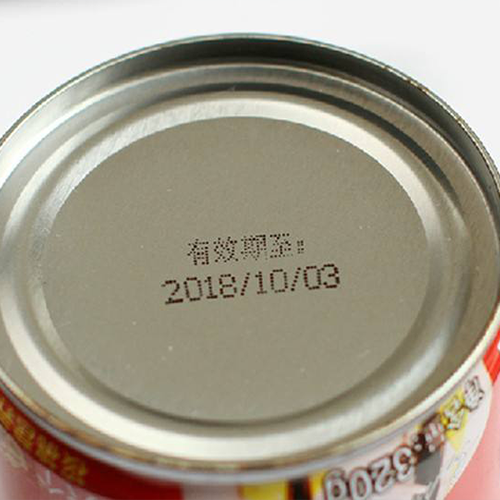
Printing Technology
The printing technology used in a batch coding machine determines the quality, speed, and durability of the codes. Here are the three most common technologies:
- Inkjet Printers: These are highly versatile and ideal for high-speed production lines. Inkjet printers can handle curved surfaces like bottles, providing sharp, clear prints.
- Laser Coders: Known for their durability, laser coders create permanent, smudge-proof codes. They’re an excellent choice for environments requiring high precision with minimal maintenance.
- Thermal Transfer Printers: These printers excel at high-resolution printing, making them suitable for detailed codes on labels or specific bottle materials.
Key Considerations
- For high-speed operations, inkjet printers are preferred.
- If you need permanent codes, such as in pharmaceuticals, laser coders are a better option.
- For intricate designs or small fonts, thermal transfer printers provide the required detail.
Material Compatibility
Different bottles require different coding solutions. A batch coding machine should be compatible with the material of your bottles, whether they are glass, plastic, metal, or composite.
Challenges with Various Materials
- Plastic Bottles: Require ink or laser solutions that adhere well to smooth surfaces.
- Glass Bottles: Often need high-temperature-resistant codes, especially for food and beverage applications.
- Metal Bottles: May require specialized laser coders to create durable marks.
Why It Matters
Material compatibility ensures consistent print quality and prevents operational disruptions caused by unsuitable coding methods.
Production Speed
In high-volume industries, production speed is critical. A batch coding machine for bottles must align with your production line’s pace without compromising print quality.
Features to Look For
- High PPM (Prints Per Minute): Machines that can keep up with your production rate.
- Synchronization Capabilities: The ability to integrate seamlessly with conveyor belts and automated systems.
- Accuracy at Speed: Machines that maintain clarity even at maximum operational speed.
Investing in a machine that matches your output needs ensures smooth workflows and minimizes bottlenecks.
Ease of Use
User-friendly machines reduce downtime and training costs, making them ideal for fast-paced environments. A good batch coding machine should be intuitive for operators and technicians alike.
Essential Features
- Touchscreen Interfaces: Simplifies setup and operation.
- Quick Consumable Replacement: Ink cartridges or ribbons should be easy to replace to minimize interruptions.
- Error Detection: Machines that provide clear error messages for troubleshooting save valuable time.
Ease of use is especially crucial for businesses with frequent shifts or high staff turnover.
Print Quality and Resolution
Print quality directly impacts the legibility of batch codes. High-resolution coding ensures that all necessary information is readable and professional-looking.
Factors to Evaluate
- DPI (Dots Per Inch): Higher DPI ensures sharper prints, which are crucial for small fonts or intricate designs.
- Consistency: The machine should deliver uniform quality even during prolonged use.
- Curved Surface Printing: Bottles often have rounded surfaces, requiring technology that maintains clarity on these contours.
For industries like pharmaceuticals or cosmetics, where precision is critical, investing in a high-resolution batch coding machine for bottles is essential.
Customization Options
Not all products require the same type of coding. Flexibility in customization is a significant advantage when choosing a machine.
Customizable Elements
- Font Styles and Sizes: Tailor the appearance of batch codes to match branding or regulatory requirements.
- Barcode Formats: Support for different barcode types, such as QR codes or linear barcodes.
- Logos and Graphics: The ability to include brand-specific imagery or designs.
Customizable machines allow manufacturers to adapt quickly to changing market demands.
Durability and Maintenance
Durable machines with low maintenance requirements can save businesses time and money in the long run. Frequent breakdowns can disrupt production schedules and increase costs.
Features to Prioritize
- Sturdy Build: Machines designed to withstand industrial environments.
- Self-Cleaning Mechanisms: Prevents issues like ink clogs, reducing maintenance needs.
- Reliable Support: Ensure access to spare parts and technical assistance when needed.
Integration Capabilities
Modern production lines rely heavily on automation and data exchange. A batch coding machine with strong integration capabilities can improve efficiency and traceability.
Integration Features
- Network Connectivity: Ethernet or Wi-Fi options for real-time data sharing.
- ERP Compatibility: Seamless integration with enterprise resource planning systems for streamlined operations.
- Automation Support: Compatibility with conveyors and robotic systems.
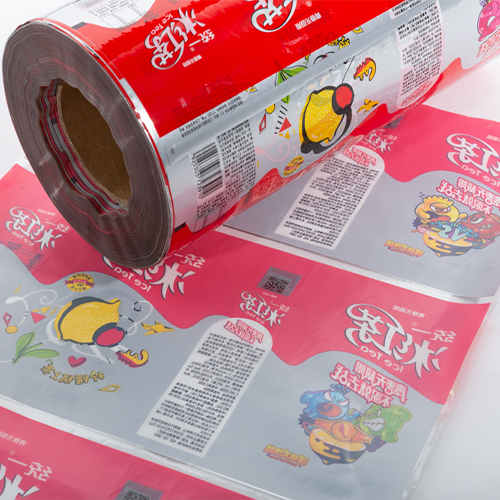
Cost Efficiency
While upfront cost is a consideration, the total cost of ownership is equally important. This includes consumables, energy use, and maintenance over the machine’s lifespan.
Tips for Evaluating Cost
- Energy Efficiency: Machines with low energy consumption reduce operating costs.
- Consumable Longevity: Check how often ink, ribbons, or other materials need replacement.
- Warranties and Service Contracts: These can provide significant savings on repairs and replacements.
Environmental Friendliness
Sustainability is becoming a priority for many businesses. Choosing an eco-friendly batch coding machine for bottles can align your operations with green initiatives.
Eco-Friendly Features
- Biodegradable Inks: Reduce environmental impact.
- Energy Efficiency: Laser coders often consume less power compared to traditional methods.
- Waste Reduction: Machines designed to minimize ink or ribbon waste.
An environmentally friendly approach not only benefits the planet but also enhances your brand’s reputation.
Real-Life Applications of Batch Coding Machines for Bottles
Food and Beverage Industry
In food and beverage packaging, batch coding ensures compliance with safety regulations and facilitates product traceability. Inkjet and laser coders are popular for their speed and adaptability.
Pharmaceutical Industry
Pharmaceuticals demand high-resolution and permanent codes for expiration dates and batch numbers. Laser and thermal transfer printers are commonly used in this sector.
Cosmetics Industry
Aesthetic appeal is vital in cosmetics. Smudge-proof, high-quality codes that complement the packaging design are a must, often achieved through thermal transfer or laser technology.
Conclusion
Choosing the right batch coding machine for bottles is essential for ensuring operational efficiency, regulatory compliance, and brand integrity. By focusing on key features like printing technology, material compatibility, and ease of use, you can select a machine that meets your production needs and budget.
Whether you’re in the food and beverage, pharmaceutical, or cosmetics industry, investing in a high-quality batch coding machine will streamline your processes, enhance your products’ market appeal, and safeguard consumer trust.



